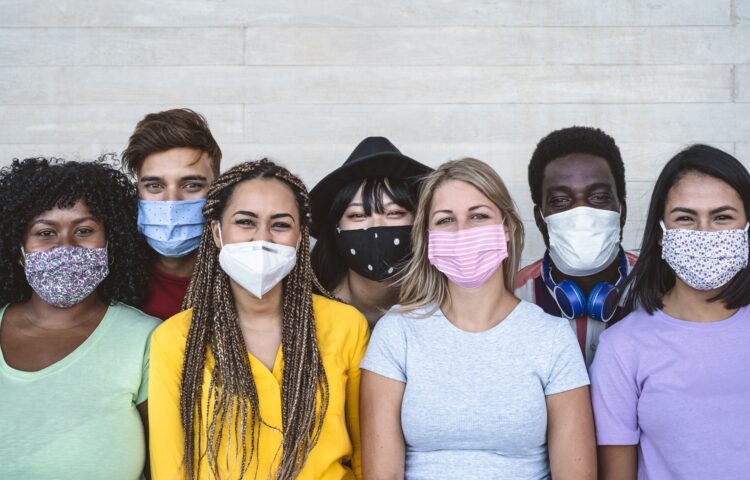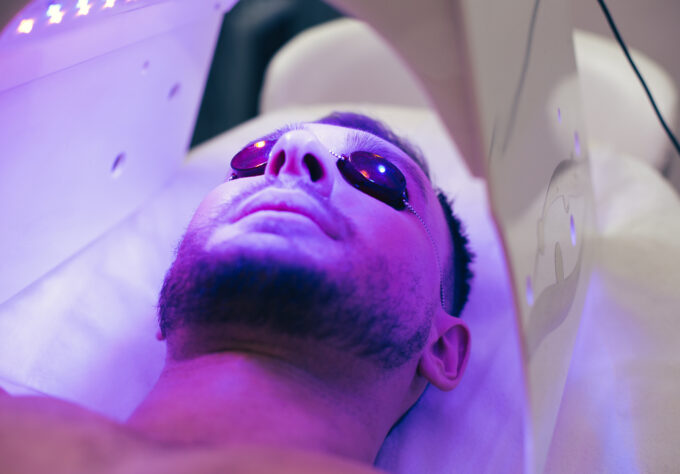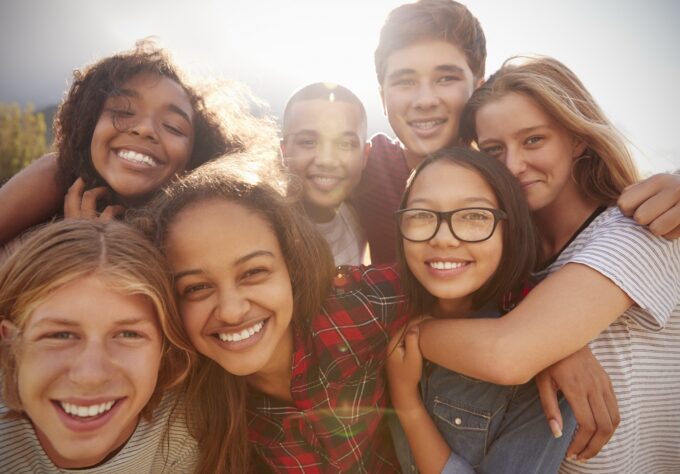SARS COV2 PCR: DETECTED! This is a lab result no one wants to get. If teens test positive for COVID-19, whatever semblance of normality they may have, such as in-person school or after-school sports, vanishes instantly. For typical teenagers, “temporary” is not in their mindset. Their adolescent brains are still developing and they may still believe that what happens today will last forever. Teens may feel that being forced to quarantine is punishment.
Teens may not recognize that they have COVID-19 since symptoms may be mild or absent. If they do have symptoms, they may not tell anyone as they do not want to face the consequences of a positive test. Some teens may choose not to reveal their contacts; contact tracing could result in family, coaches, teachers, and peers also requiring testing and possible quarantining.
In the November issue of Pediatric News, Margaret Thew, DNP, FNP-BC stated that some teens are “bullied into amnesia” when contact tracers call. Other teens may be upfront about their contacts, but may be labeled by their peers as tattletales and face bullying on social media. People can be mean and, unfortunately, there is no vaccine for that.
What do we know about teens and COVID-19?
According to the U.S Center for Disease Control and Prevention (CDC), children and teenagers account for 1 to 2% of COVID-19 cases. The vast majority of reported infections in these young people are mild or asymptomatic; in fact, research published in Nature Medicine in June, 2020, showed that only 21% of 10 to 19 year-olds who test positive have symptoms compared to 69% of people aged 70 or older.
Given the fact that children and teens may have mild or no symptoms, and that there can be social consequences if they test positive, I am certain that teens are not getting tested as often as they should. Without testing, the true prevalence of COVID-19 is likely under-reported.
Some teenagers do get sick
COVID-19 symptoms include:
- Fever and chills
- Cough and difficulty breathing
- Cold symptoms like headache, sore throat, congestion, or runny nose
- Nausea, vomiting, and diarrhea
- Muscle pain
- Loss of taste or smell
- Fatigue
According to the CDC, some children can get severely ill from COVID-19. They might require hospitalization, intensive care, or even a ventilator to help them breathe. Although it is rare, death may occur. In addition, the CDC is investigating a rare but serious medical condition in children associated with COVID-19 called Multisystem Inflammatory Syndrome in Children (MIS-C). Symptoms of MIS-C include the same symptoms of COVID-19 as listed above with the addition a rash, neck pain, red eyes, red and cracked lips, and swollen hands and feet.
Super-spreaders?
Teenagers who have COVID-19 but have no symptoms can still spread the virus to others. A CDC survey released in October found that self-reported measures that reduce the spread of COVID-19 (mask wearing, handwashing, physical distancing, and avoiding crowds and social activities) differed significantly by age. The prevalence of these behaviors was lowest for those between 18 and 29 years old and highest among those over 60. The CDC’s study did not include individuals under 18, so I suspect that the percentage of teens who practice COVID-19 mitigation behaviors is even lower…making them significantly high risk for spread.
Can we really blame them?
Maybe not, as adolescents’ brains are wired differently from those of older individuals. In middle and high school, live their lives by the “personal fable”: the belief that they are special and unique and invulnerable to harm, so much so that none of life’s difficulties or problems will affect them regardless of their behavior. Real-life superheroes!
I know this not only because it’s in the adolescent medicine textbooks, but also because I see it every day in my patients: they don’t use birth control as they believe “pregnancy won’t happen to me” and they don’t use condoms as they believe “I won’t get a sexually transmitted disease.” In the midst of a pandemic, my teenage patients are wearing their masks below their noses and telling me about social gatherings with their friends.
My advice:
- Review with your children the symptoms of COVID-19.
- Have a discussion about how they can have COVID-19 without feeling sick, how they may actually have it right now, how they can unknowingly spread the virus to friends and family, and how people can die from it.
- Help them substitute reality for their “personal fable.”
This article originally published in the Philadelphia Inquirer



